
Position: Lead Clinical Intervention Specialist

Fun Fact/Quote? I am obsessed with bunnies.
What does your average day look like? On a leisurely day in the weekends, I usually catch up on sleep, go out for dim sum, and work on a sewing project. On a regular workday, I use play, drama and art therapy techniques to help children process trauma in order restore joy and hope in their lives. Most of my days end with me sharing a home cooked meal with my husband and watching an episode of Friends.
Why do you do this work? In college, I partnered with a non-profit organization called Compassion International and spent a month in a Nicaraguan school providing counseling to families and trauma informed training to teachers. It developed my passion to ensure that all families have access to therapy in their native language. This is why I am passionate about providing Spanish-speaking therapy services to families and walking alongside them in their journey towards healing.
What hope do you have for the future of All-In? My hope for the All-In program is to see diversity grow in our staff and upper management that is reflective of the families we serve. I believe that everyone has something beautiful to contribute that can further enrich our program.
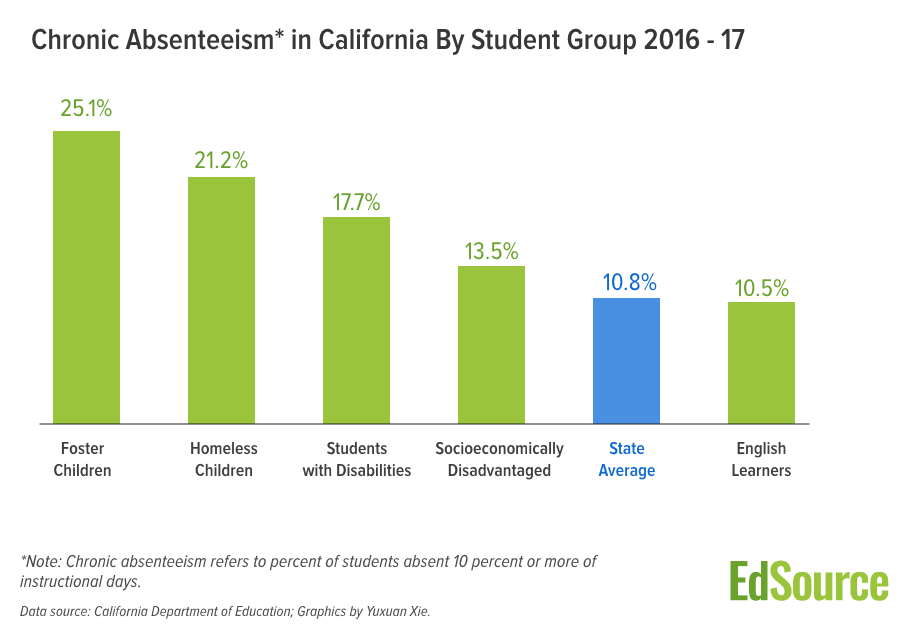


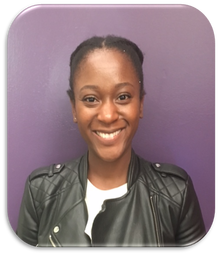
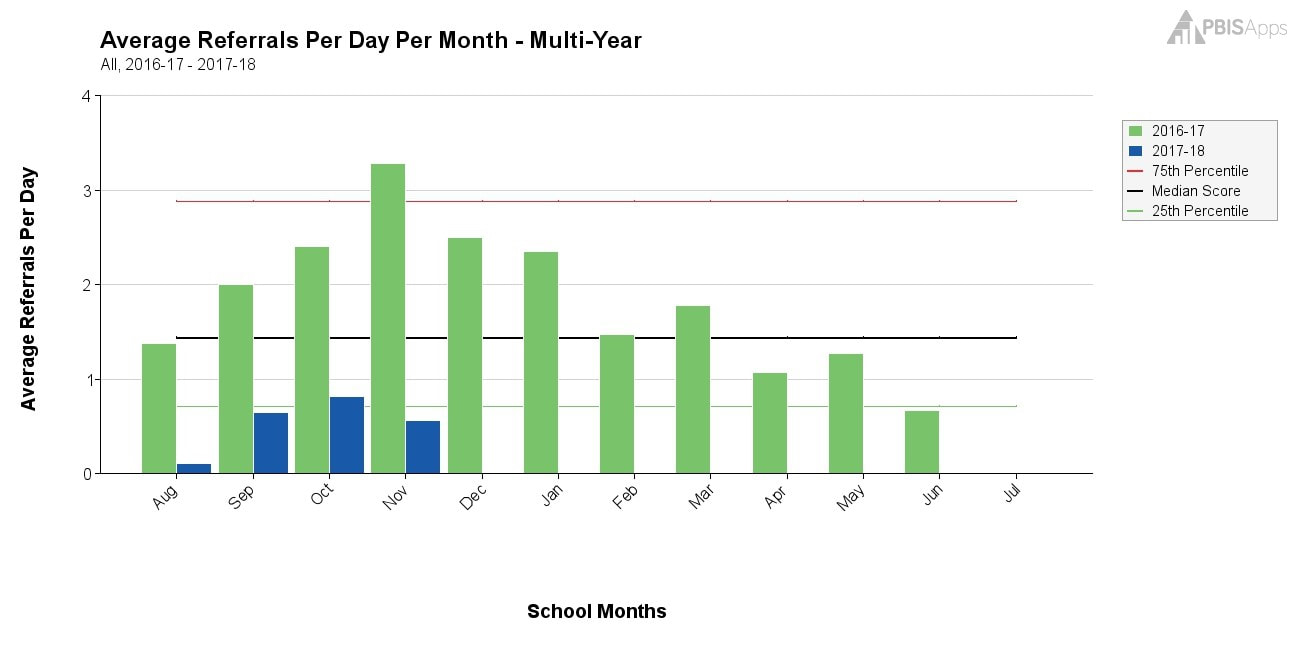


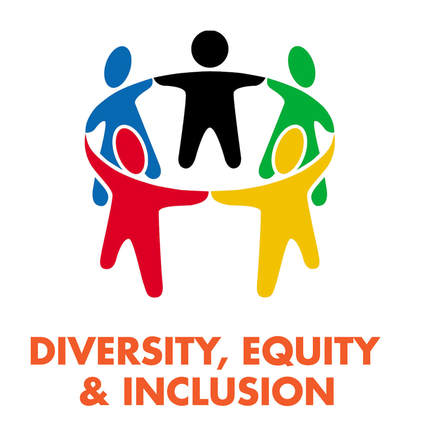



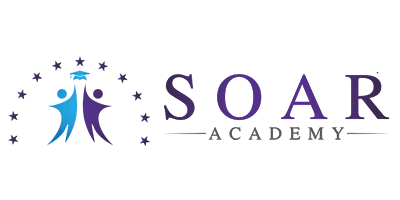


 RSS Feed
RSS Feed